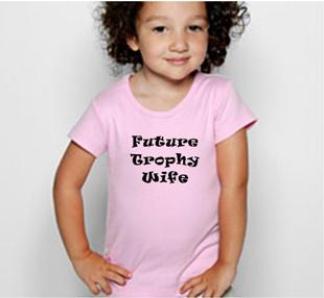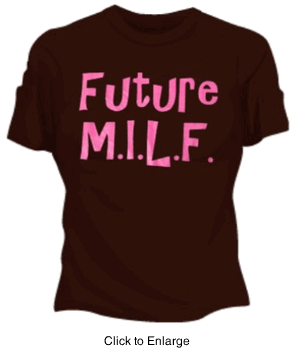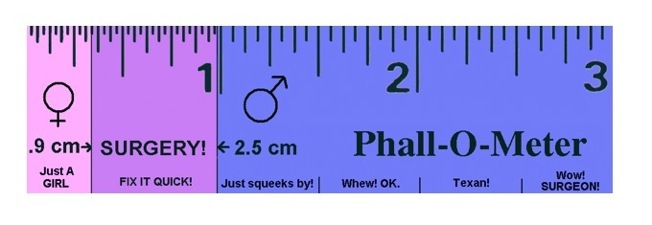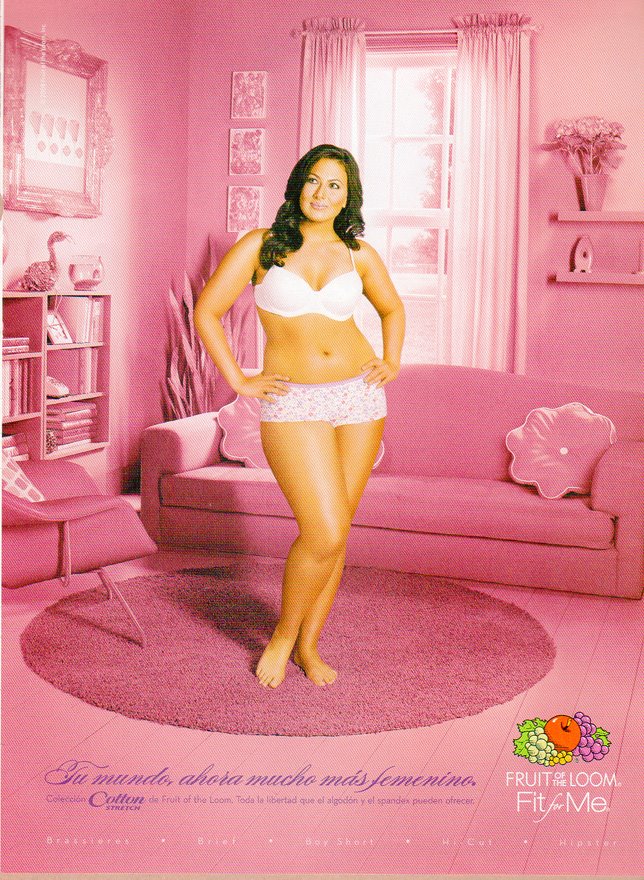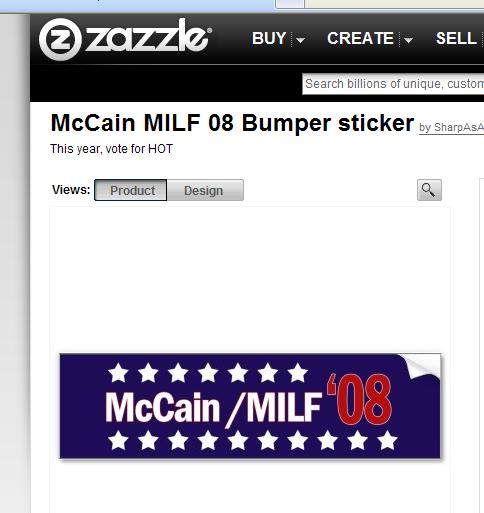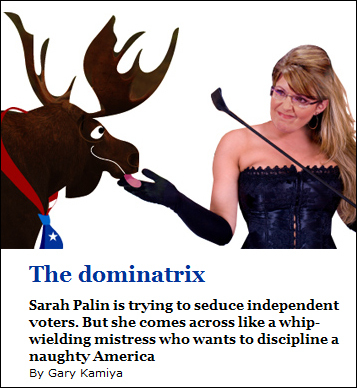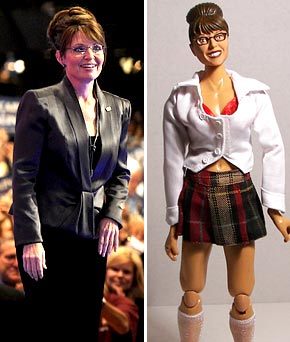Brenda V.P. sent in this girls’ t-shirt, available here:
It hurts me, dear readers! It hurts!
Oh, holy hell. I was about to publish this and thought to myself, “at least there’s not a ‘future MILF’ shirt.” And then I thought, “Um…is there?” Oh, yes, there is (found here):
Why do we think these kinds of messages–hey, girls! You can grow up to be an objectified accessory!–are cute?
Thanks, Brenda. Thanks.
Gwen Sharp is an associate professor of sociology at Nevada State College. You can follow her on Twitter at @gwensharpnv.

